Babel vase sculpted by Lupo Horio¯kami Dimensions: D 15 x W 15 x H 55 cm Materials: Black ashwood, gold metallic foil “The artwork [...] arises when the mind is willing to accept reality as it was the first time it meets it” (“aesthetics of the void”, g. pasqualotto, marsilio). And if the futurists no longer wanted to have any relationship with the past but to concentrate on the dynamic present, lupo horiokami, with his art, seems to want to focus on the theme of continuous impermanence. East and west in comparison, in a synthesis where space (emptiness) and time (inconsistent) are the masters, where relativity and emptiness (“mu” in zen buddhism) merge with heidegger’s planning of “dasein”. Lupo’s emancipation naturally translates into space. Empty space, in the most eastern sense of the term, devoid of mental conditionings (“mushin” in japanese), a preliminary presupposition for manifesting, producing, originating from “nothing”. Empty space to accentuate the innate temporary beauty of things: from the traditional japanese tattoo on the body - an absolute metaphor for transience and suffering, where space is fundamental for the “full” - to the three-dimensional space of objects that “embody” the mystery and the intangibility of the serene melancholy of the wabi sabi concept: nothing lasts, nothing is over, nothing is perfect. Continuous exchange and harmony, the work of lupo, between ancient and new, east and west which is based on the silent wisdom of artisan know-how (wisdom of the hands, read “limbs”) and the unconscious aesthetic propensity dictated by the tradition of great masters and currents of the past. if brutalism emphasized the expressive strength of the structure, in lupo’s objects, in addition to using materials with the same roughness and natural imperfection, the existential and mysterious members that become (also) in this case, structural, emerge. the combination with the gravity and monumentality (expression of transience) of carlo scarpa, the material informality of alberto burri, the classic modernity of giò ponti, the material and conceptual essentiality of brancusi and fontana are inevitable. But it is the totemic aspect that surprises: the juxtaposition of these three-dimensional objects, which have the alibi of function, generate symbolic forms that celebrate the mystery of existence, that awareness of existence so dramatic and dear to the master of masters of Italian design, ettore sottsass, a researcher like lupo, of the unknown through form.



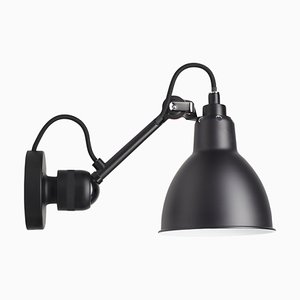
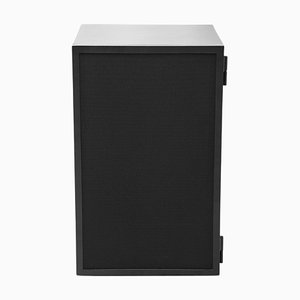
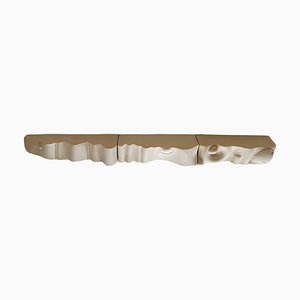
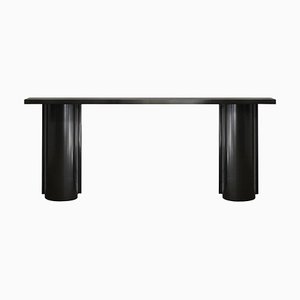

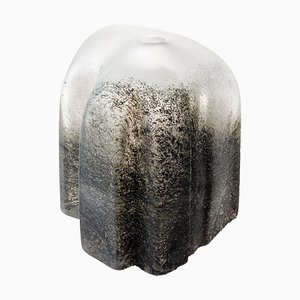

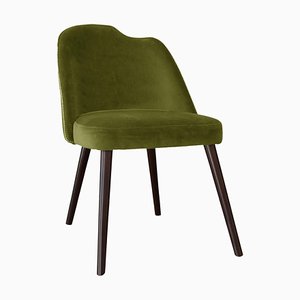
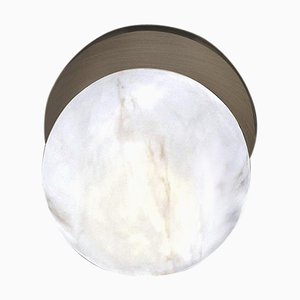
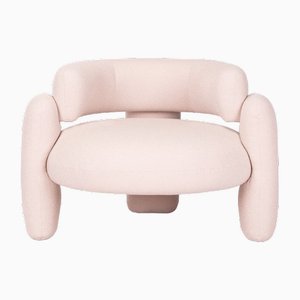

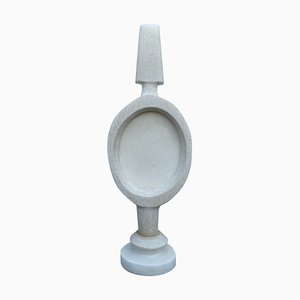
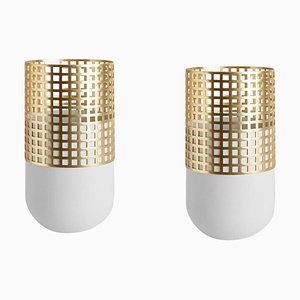
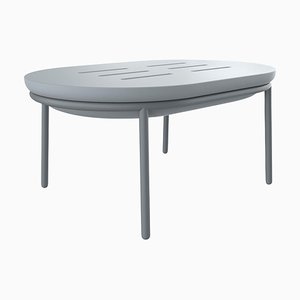
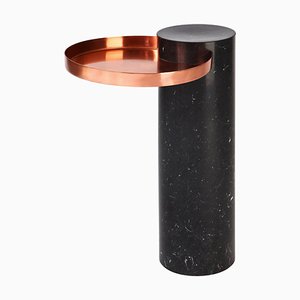
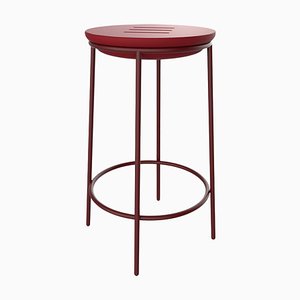

Get in Touch
Make An Offer
We noticed you are new to Pamono!
Please accept the Terms & Conditions and Privacy Policy
Get in Touch
Make An Offer
Almost There!
To follow your conversation on the platform, please complete the registration. To proceed with your offer on the platform, please complete the registration.Successful
Thanks for your inquiry, someone from our team will be in touch shortly
If you are a Design Professional, please apply here to get the benefits of the Pamono Trade Program